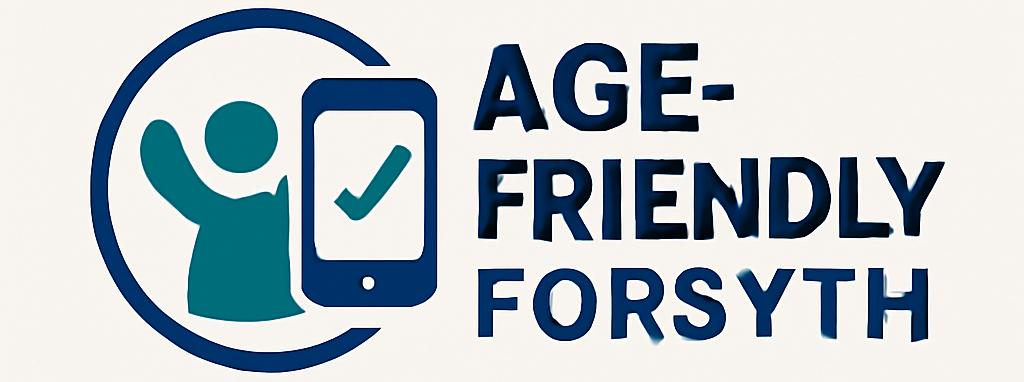The action of selecting a different home screen application on the Android operating system than the one pre-installed by the device manufacturer is a core aspect of customization. This involves navigating to the device settings, locating the ‘Home’ or ‘Default Apps’ section, and choosing an alternative application designed to manage the home screen interface. For instance, a user might switch from the manufacturer’s interface to a third-party application offering unique features or a different visual style.
The ability to alter the standard home screen experience allows users to personalize their device according to their individual preferences and needs. Benefits include improved organization, enhanced productivity through specialized widgets and shortcuts, and the capacity to breathe new life into an aging device. Historically, this flexibility has been a key differentiating factor for the Android platform, attracting users who value customization over the more constrained environments of competing operating systems.
